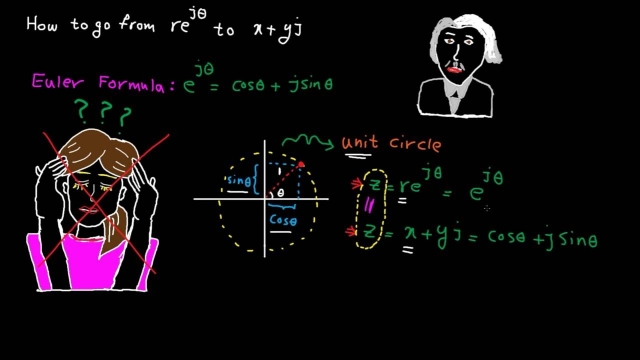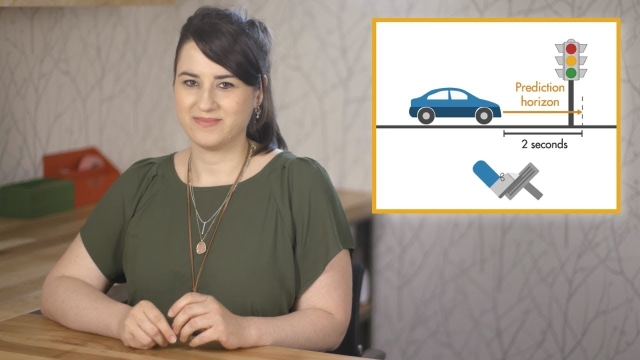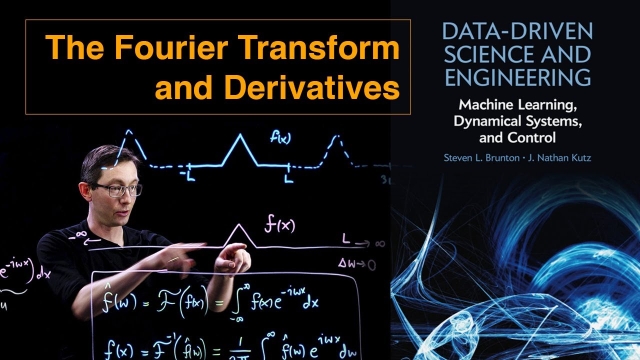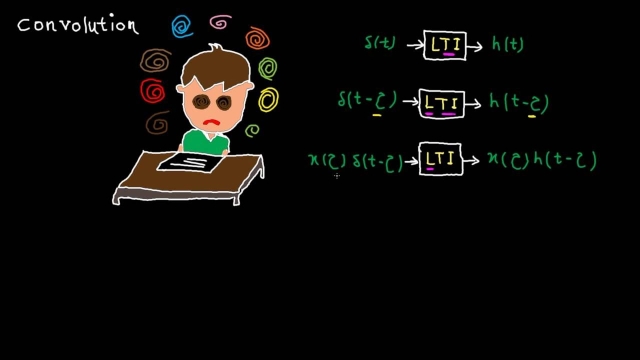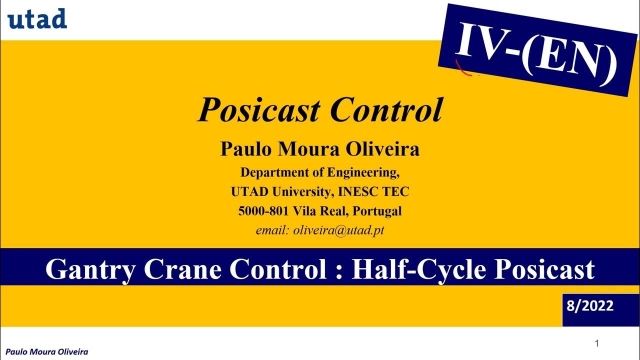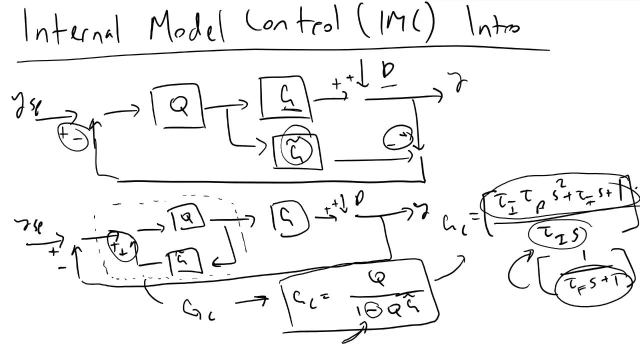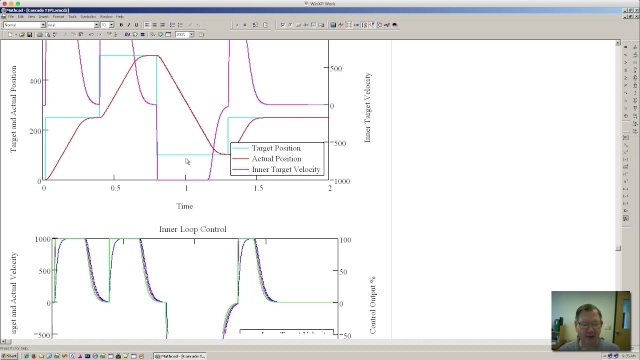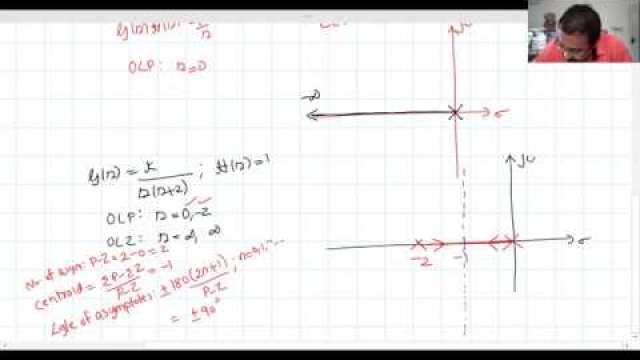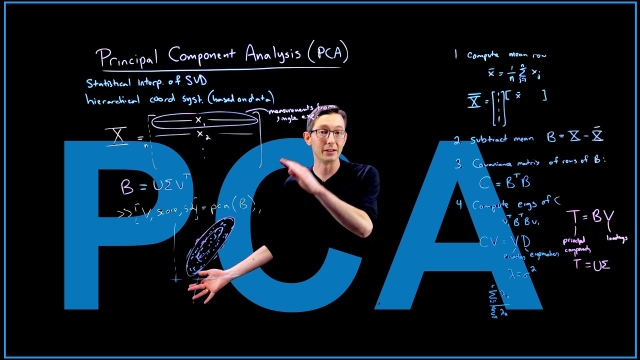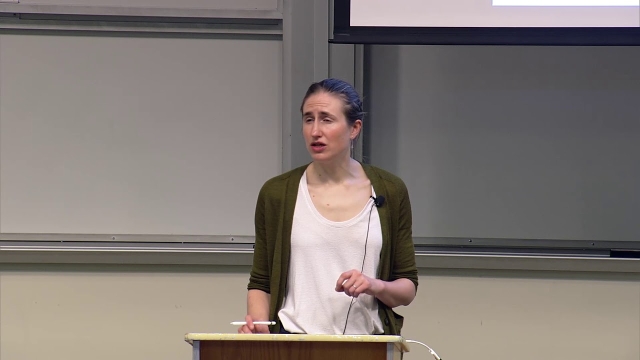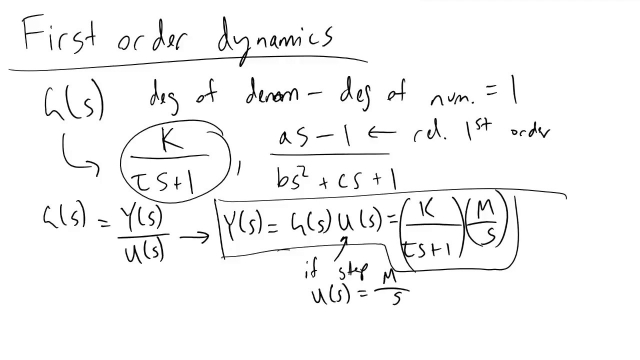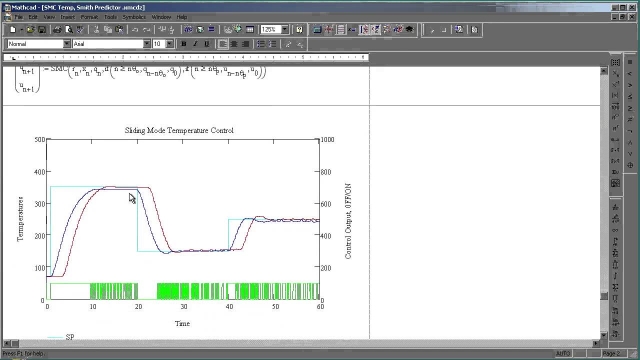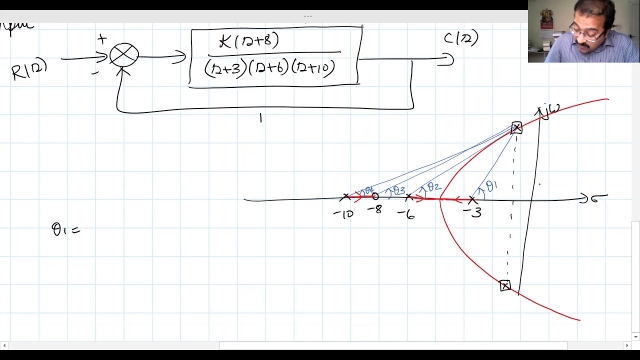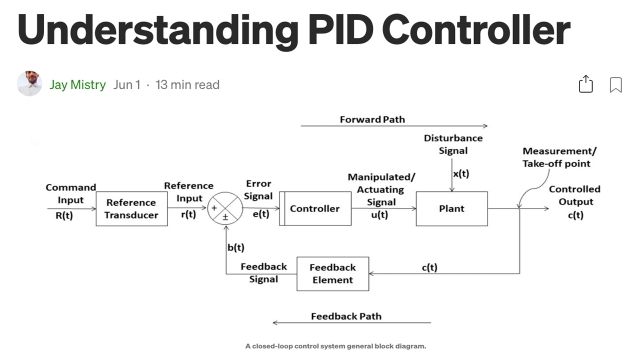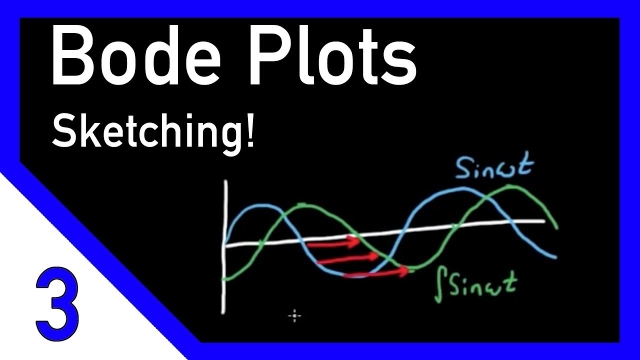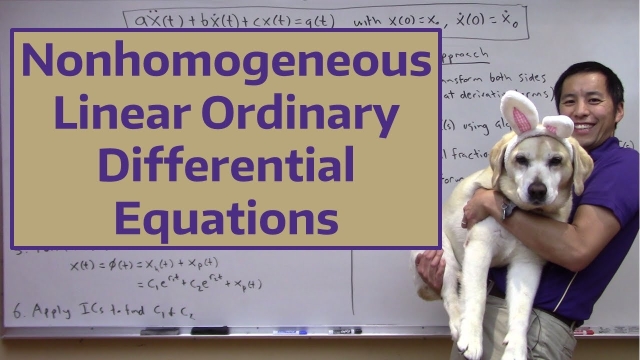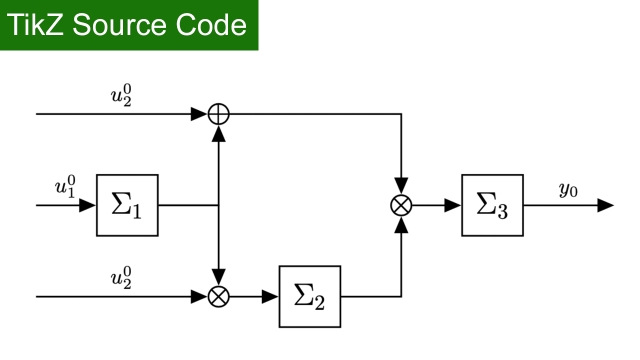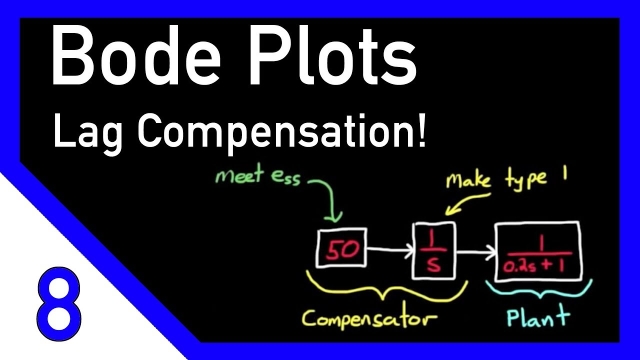
Least Squares Regression and the SVD
This video describes how the SVD can be used to solve linear systems of equations. In particular, it is possible to solve nonsquare systems (overdetermined or underdetermined) via least...
See MoreIntroduction to Partial Differential Equations
This is the first lesson in a multi-video discussion focused on partial differential equations (PDEs).In this video we introduce PDEs and compare them with o...
See MoreBode Plot Drawing Tool
This page demonstrates the techniques described previously to take a transfer function defined by the user, identify the constituent terms, draw the individual Bode plots, and then combine...
See MoreMachine Learning Control: Genetic Algorithms
This lecture provides an overview of genetic algorithms, which can be used to tune the parameters of a control law.
See MoreUsing a Homogeneous Transformation Matrix to Combine Rotation and Translatio...
In this video we discuss how to properly deal with coordinate frames that are both rotated and translated from one another. We develop a homogeneous transformation matrix which combines a...
See MoreStanford CS229: Machine Learning | Autumn 2018
Autumn 2018 Stanford course on machine learning by Andrew Ng.
See MoreFourier Series [Matlab]
This video will describe how to compute the Fourier Series in Matlab.
See Morecrash course on complex numbers
In this video, we quickly review “Complex Numbers”. The following materials are covered:1- Cartesian and polar representation of complex numbers2- how to con...
See MoreUnderstanding Model Predictive Control, Part 3: MPC Design Parameters
To successfully control a system using an MPC controller, you need to carefully select its design parameters. This video provides recommendations for choosing the controller sample time...
See MoreThe Fourier Transform and Derivatives
This video describes how the Fourier Transform can be used to accurately and efficiently compute derivatives, with implications for the numerical solution of differential equations.
See MoreTime domain - tutorial 8: LTI systems, impulse response & convolution
In this video, the following materials are covered:1) the beauty of linear & time invariant (LTI) systems2) why the impulse response of an LTI system is so i...
See MorePosicast Control 4 - ( In English )
This video continues to explore the gantry crame control simulations in open-loop- The main focus is the half-cycle Posicast.
See MoreInternal Model Control IMC Introduction
Internal Model Control IMC Introduction
See MorePeter Ponders PID - Cascade Control Part2
The inner loop pole locations and gains are calculated first so the inner loop pole locations are determined by the user. The outer loop poles are still pla...
See MoreLecture 16: More on Root Locus and Gain Compensation
Principal Component Analysis (PCA)
Principal component analysis (PCA) is a workhorse algorithm in statistics, where dominant correlation patterns are extracted from high-dimensional data.
See MoreStanford CS234: Reinforcement Learning | Winter 2019 | Lecture 10 - Policy G...
Professor Emma Brunskill
Assistant Professor, Computer Science
Stanford AI for Human Impact Lab
Stanford Artificial Intelligence Lab
Statistical Machine Learning Group
First Order Dynamics in Process Control
An overview on the identification and behavior of first order dynamics in process control.
See MoreSOPDT Sliding Mode Control ( SMC ) with Smith Predictor
Lecture 20: PID and Lag-Lead Compensator Design using Root Locus
Understanding PID Controller
This blog post begins by walking through the basics and the theoretical part of the PID controllers. The controller is then tested, verified, and analyzed using MATLAB.
See MoreBode Plots by Hand: Poles and Zeros at the Origin
This is a continuation of the Control Systems Lectures. This video describes the benefit of being able to approximate a Bode plot by hand and explains what a Bode plot looks like for a...
See MoreNonhomogeneous Linear Ordinary Differential Equations
In the previous video (https://youtu.be/3Kox-3APznI) we examined solving homogeneous linear ordinary differential equations (the forcing function was equal t...
See MoreTikZ source Code: Multiplication of system variables
TikZ source Code: Multiplication of system variables
See MoreDesigning a Lag Compensator with Bode Plot
This video walks through a phase lag compensator example using the Bode Plot method.
See More
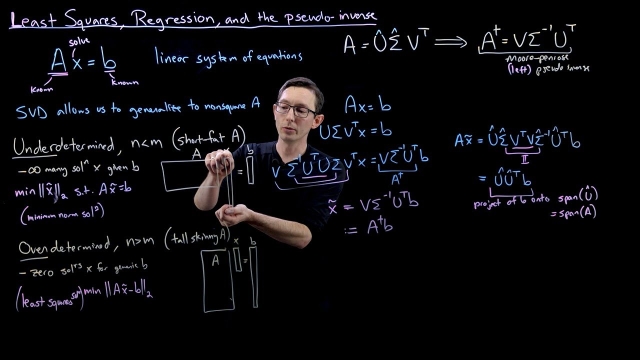
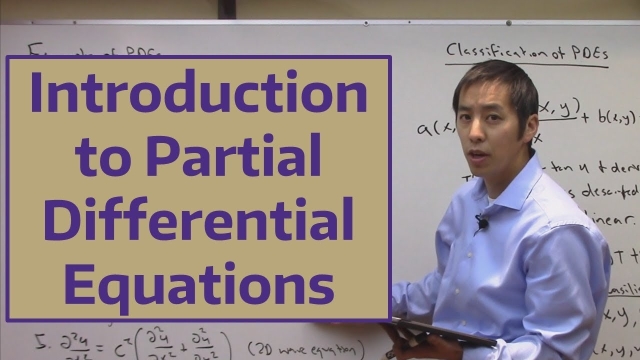
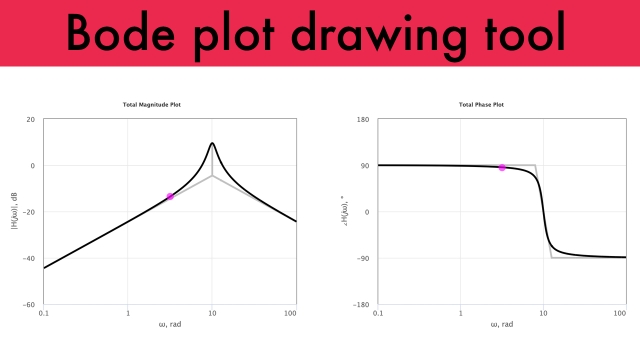
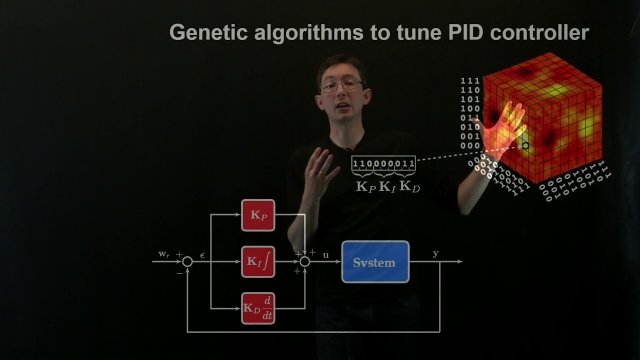
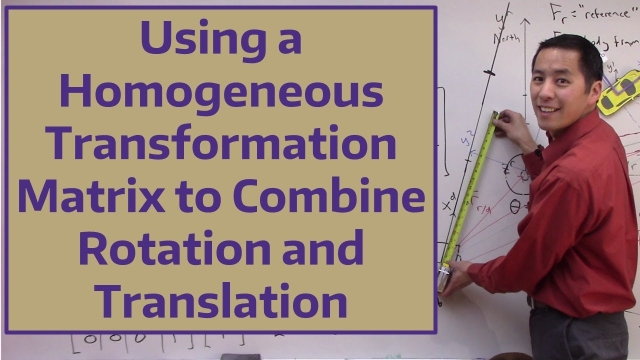
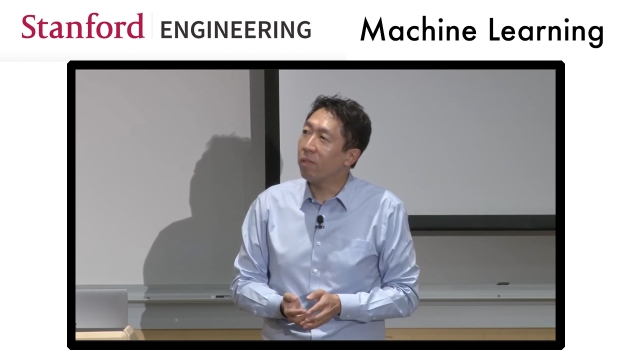
![Fourier Series [Matlab] Fourier Series [Matlab]](/sites/default/files/styles/search_resulkts/public/2020-12/maxresdefault_361.jpg?itok=HDuxGf-8)
